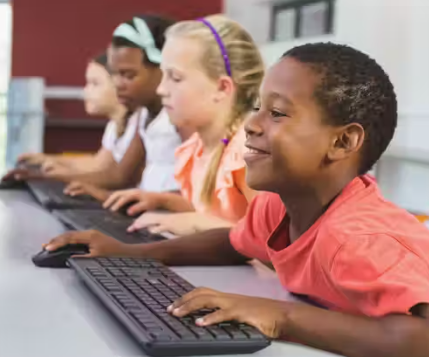As educators strive to create more inclusive and student-centered classrooms, personalized learning has become an increasingly effective model. At its core, personalized learning is about meeting each student’s individual needs, interests, and learning pace. To support this approach, teachers use a variety of strategies that encourage engagement, ownership, and academic growth. In 2025, these teaching methods continue to shape how students succeed in a dynamic educational environment.
Core Teaching Strategies That Enhance Personalization
- Flexible Grouping
Teachers can group students by shared interest, skill level, or learning goals—and change those groups as needed. This allows for targeted instruction and peer collaboration without rigid tracks. - Choice-Based Assignments
Allowing students to choose their project topics, formats, or reading materials increases motivation. Whether it’s writing a story, recording a video, or designing an infographic, choice helps students connect personally with their work. - Student Goal Setting and Reflection
Encouraging students to set learning goals and regularly reflect on progress builds self-awareness. Teachers can guide students in tracking achievements and adjusting strategies as needed. - Tiered Instruction
This strategy involves providing varying levels of difficulty or support for the same lesson content. It helps meet diverse learners’ needs while keeping everyone aligned with the same core objectives. - Learning Stations and Rotation Models
These classroom setups allow students to work through different activities—such as independent practice, peer work, and teacher-led instruction—at their own pace. It keeps learning active and student-centered. - Use of Digital Tools for Differentiation
Technology platforms can offer adaptive content, immediate feedback, and personalized practice. Teachers can use data insights from these tools to better support each learner’s growth. - Formative Assessment and Real-Time Feedback
Ongoing assessments help teachers adjust instruction and give meaningful feedback. This supports timely intervention and encourages students to take ownership of their progress. - Project-Based Learning (PBL)
PBL allows students to explore real-world problems through inquiry and collaboration. It naturally supports personalization by tapping into students’ interests and providing opportunities for differentiated roles.
Creating a Supportive Environment
Effective personalized learning depends not only on teaching strategies but also on a classroom culture that values respect, curiosity, and collaboration. Teachers who build strong relationships and establish trust create the foundation for students to take risks, ask questions, and grow.
Teacher Tips for Success
- Start small: Introduce one or two strategies and expand gradually.
- Know your students: Use surveys, interviews, and observation to understand what motivates and challenges them.
- Collaborate with colleagues: Sharing ideas and successes helps improve practice across classrooms.
- Reflect regularly: Adjust approaches based on student feedback and progress.
Moving Forward
In 2025 and beyond, teachers who embrace flexible, student-centered strategies are helping to redefine what success looks like in the classroom. With thoughtful planning and a willingness to adapt, educators can use personalized learning to foster engagement, equity, and achievement for all students.














